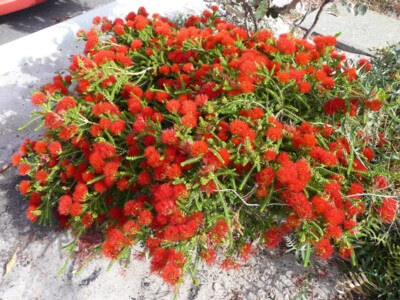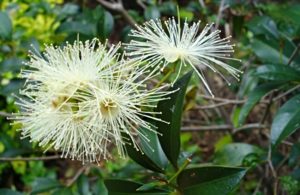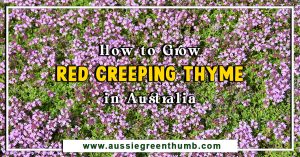Welcome to August! The plant of the month for August is the Australian Native Plant 'Beaufortia'. This is another genus, like the Melaleuca, which is often confused with plants from the Callistemon genus, or more commonly called Bottlebrush.
The reason for this confusion is that a number of plants from the Beaufortia genus are also called 'Bottlebrush' so the confusion is valid. None the less, all of the varieties that are featured this month will be Beaufortia and NOT Callistemon.
The first variety that I am going to review is called Beaufortia aestiva.
More...
What is Beaufortia aestiva?
Genus: Beaufortia
Species: B. aestiva
Family: Myrtaceae
Common Name: Summer Flame and Kalbarri Beaufortia
Flower Colour: Red
Foliage Colour: Green
Growth Habit: Shrub 1m
Flowering: Summer to Autumn

Beaufortia aestiva is probably the 'most' Bottlebrush like of the Beaufortia genus. It is a relatively low growing variety, about 1m in height and approximately grows to 2m in width.
The key difference between plants of the Callistemon genus and Beaufortia aestiva is in the leaves. The aestiva has much smaller leaves than most species of Callistemon bottlebrush.
Growing Beaufortia aestiva
Beaufortia aestiva is native to Western Australia, predominantly Northern WA, and grows mostly in coastal area's where the soil has a higher sand/limestone content.
This species is extremely waterwise and is also bird attracting. It requires very little upkeep but will respond to pruning. Best results will occur when pruned after it has finished flowering in Summer to Autumn.
Should you notice your soil is not absorbing enough water, be sure to read our hydrophobic soil guide.
Other Beaufortia species:
Like many Australian Native plants, the aestiva requires little to no fertiliser but if you are going to fertilise it, make sure the phosphorous value in the NPK is low and preferably use a slow release fertiliser.
Published on August 12, 2021 by Aussie Green Thumb
Last Updated on February 26, 2024




